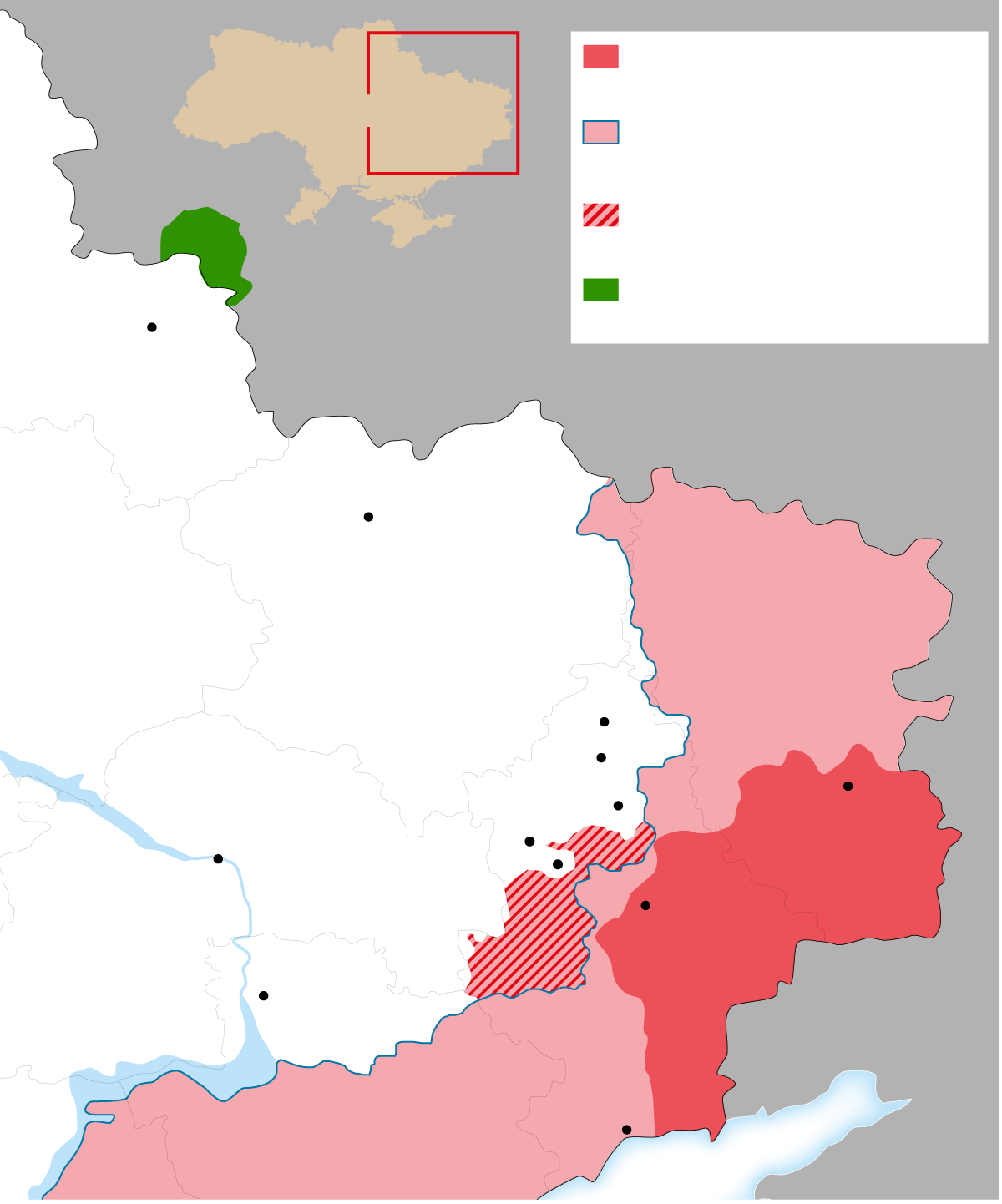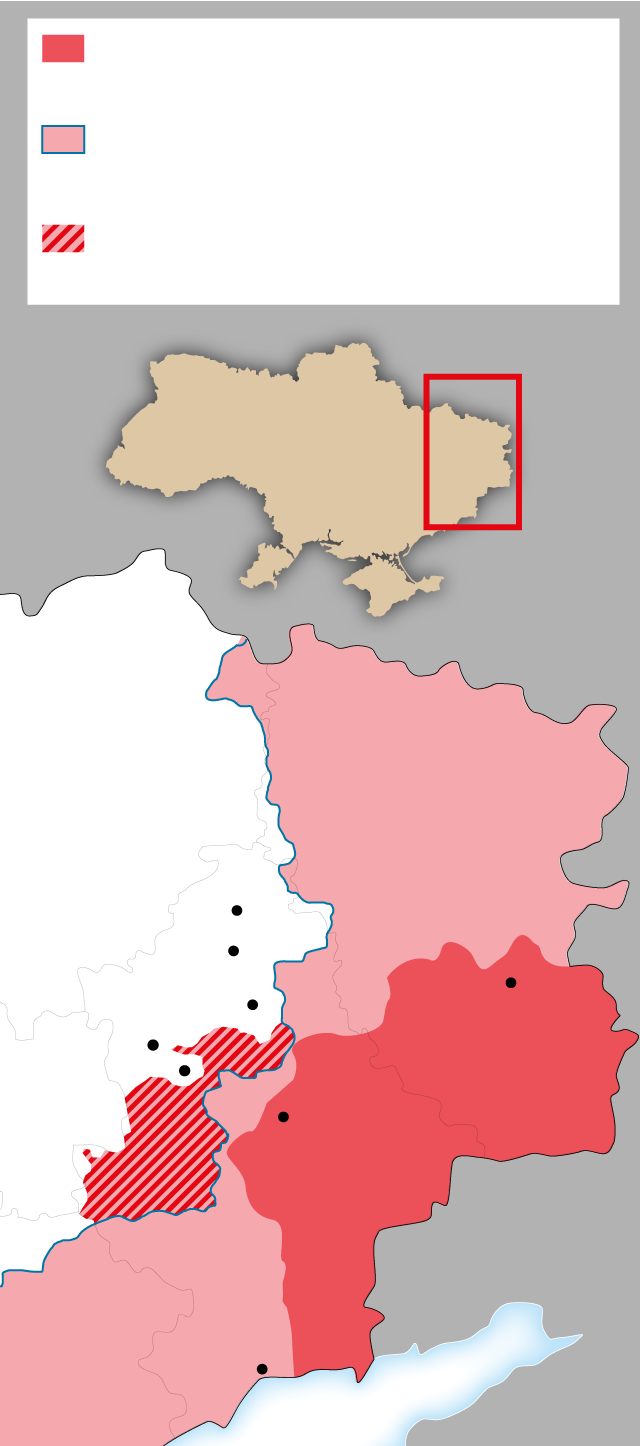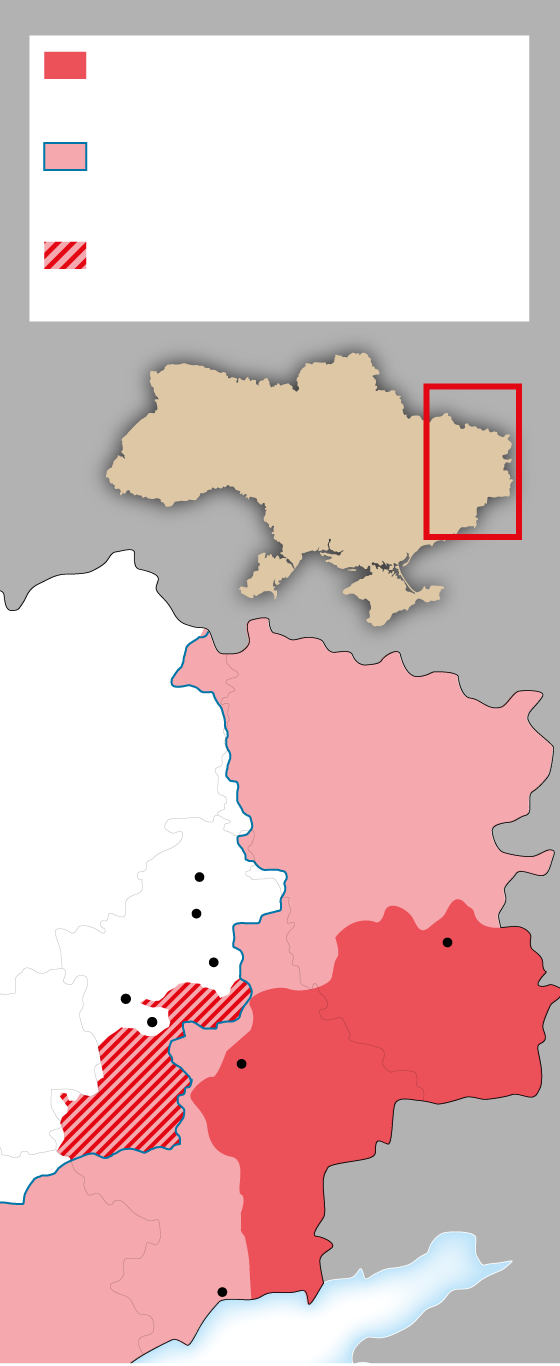Russian troops in the key region of Dnipropetrovsk
Ukraine admits the presence of Moscow's army, which is pushing defense lines like never before and seeking breakthroughs in Donetsk.


Special Envoy to KievRussian troops are advancing in the Dnipropetrovsk region of Ukraine on the eastern front. Moscow's territorial offensive is limited for now, but it represents a blow to the morale of the Ukrainian army, which has been losing the initiative on the battlefield for months. The lack of soldiers remains the major problem for Zelensky's troops: the mobilization of new recruits has stalled, and many of those who fought are maimed by the war or simply buried. Russia is taking advantage of this summer to put pressure on Ukraine's defense lines, something it hasn't done in two years.
Vladimir Putin's army claimed in June to have penetrated the Dnipropetrovsk region, Ukraine's second largest industrial hub: the capital, Dnipro, was one of the country's major economic engines. It wasn't until this Wednesday that the Ukrainian general staff admitted the situation, although it downplayed the Kremlin's version. According to some Western centers studying the evolution of the war, Moscow's uniformed troops occupied two towns: Zaporizhia and Novohrikhorivk. Kiev denies this and asserts that they remain in control and that fighting is still intense.
For months, Zelensky has been warning Western allies that Russia will not stop until it occupies all Ukrainian territory east of the Dnipro River, which divides the country in two halves. In May, the Ukrainian president warned that one of the Kremlin's objectives this summer was to set foot in Dnipro. This information indicates that the objective has been met.
But where Moscow is really focusing its efforts is in the Donbas, Putin's most desired region. The owner of the Kremlin would have told Trump He would be willing to freeze the war if he were to surrender the entire Donbas, the country's true industrial engine thanks to its metallurgy and mining industries. And it is in the Donbas, specifically in the Donetsk region, where the most significant advance of Russian troops is seen. Western intelligence services warn that the pace of Russian conquest has been increasing for months. In July, according to the Institute for the Study of War (ISW), the invading troops captured 700 square kilometers in the Donetsk region alone. Localities such as Pokrovsk, Kostantinivka and Dobropilia, which last year had the front tens of kilometers away, now they have war knocking at their door and have already been evacuated and destroyed.
Last Friday, a wounded soldier was sunbathing on a street in Kiev. He was sitting in a wheelchair outside a military recovery center. He stepped on a mine somewhere along the Kharkiv front and now wears a metal frame on his right leg to try to heal it. "The situation on the front is very complicated. We can only defend ourselves and hope for a miracle: that they come to help us," he said.
Another wounded soldier nodded: "Today we are focused on stabilizing the front line, preventing Russian offensives and preventing them from gaining more ground. I think that, at the moment, we do not have enough strength to recover our territories occupied by the Russians."
The map hurts the Ukrainians.
The current war map is hurting most Ukrainians, who don't want to give up the occupied areas in exchange for a ceasefire. This is mainly because they don't trust Putin and believe that, if this happens, he will attack the country again in the coming years.
Russia currently controls nearly 114,500 km2of Ukraine. The Crimean Peninsula, which is 100% dominated, has an area of about 27,000 km2In Donbas—which includes much of Donetsk and Luhansk provinces—Russian troops have occupied 88% of the territory: all of Luhansk and 75% of Donetsk, where Putin's army has been focusing its war efforts for months. In Zaporizhia and Kherson provinces, Russia controls approximately 70% of the territory. This area represents 19% of the country. 114,500 km2 It represents a territory larger than the whole of Hungary (93,000 km2). Thousands of people have fled these areas, some of them reduced to rubble by the war. Those who stayed now live under the command of the Kremlin's military.
Kiev – who led a raid on theRussian region of Kursk last August– no longer controls any internationally recognized enemy territory.



